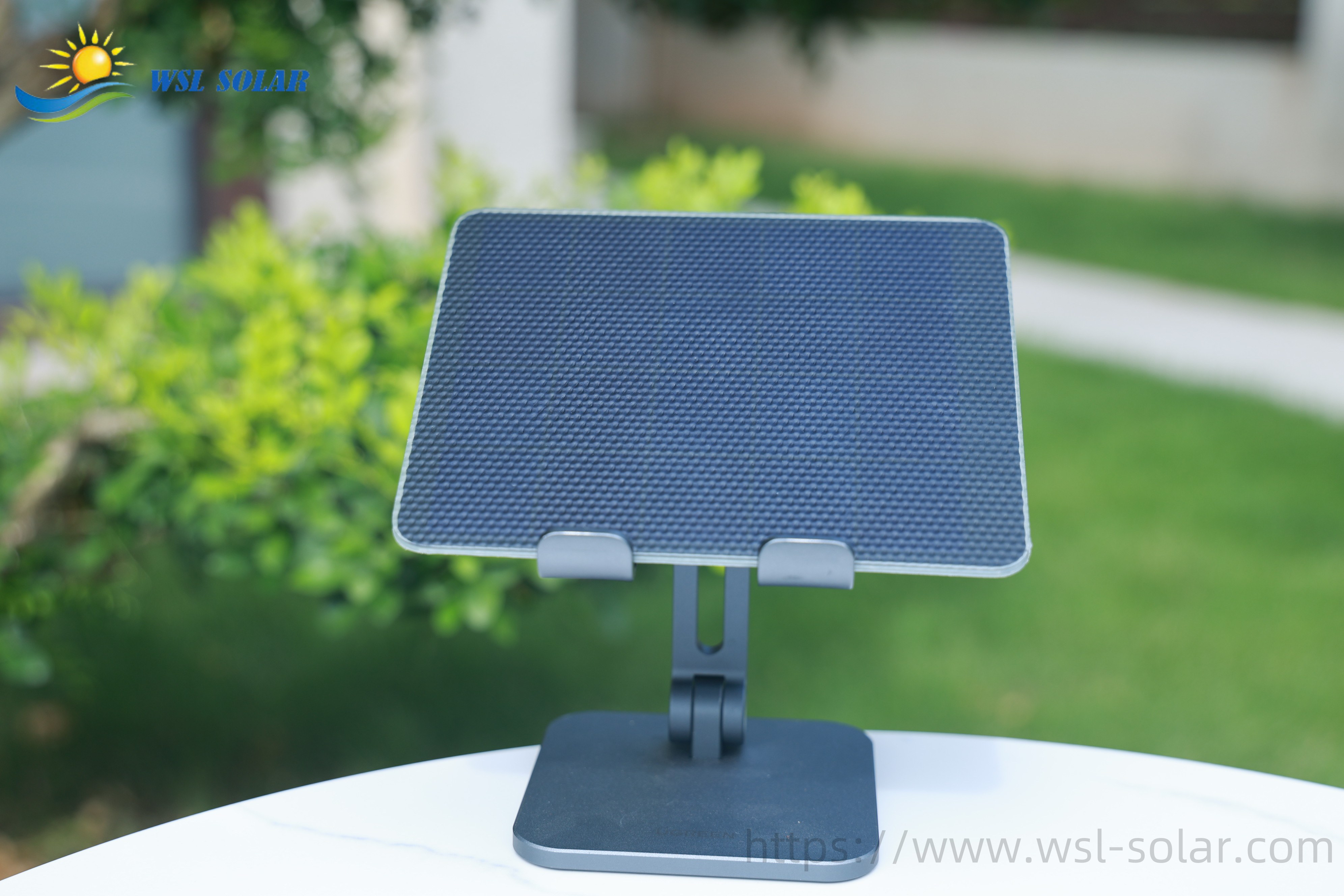Against the backdrop of today's rapid technological development, the increasing popularity of indoor Internet of Things (IoT) applications has made the prospects of smart homes and industrial sensors more promising. However, providing continuous and efficient power to these numerous devices has become a major challenge faced by various industries. Especially in indoor environments, traditional power supply methods are stretched, and the rise of indoor photovoltaic (IPV) technology provides a potential solution to this problem. This article will explore in depth the challenges and opportunities of indoor photovoltaic technology in IoT applications and reveal the future development direction of this field.

First, the foundation of indoor photovoltaic technology lies in its ability to adapt to lighting conditions that are different from those outdoors. Outdoor solar cells are usually tested under standardized sunlight, while the intensity and spectrum of indoor light sources are more complex. For example, LED lamps configured indoors can be divided into warm and cool colors, and their spectral characteristics are very different from natural sunlight. For this reason, the design of indoor photovoltaic cells must take this into account to achieve optimal energy capture. Therefore, the development of photovoltaic materials suitable for low light intensity and specific spectrum has become an important direction of research and development.
Secondly, one of the main challenges of current indoor photovoltaic technology is how to improve the conversion efficiency of cells. Existing crystalline silicon solar panels perform well in outdoor environments, but their energy conversion efficiency drops significantly in indoor environments. This is attributed to the fact that the energy band width (bandgap) of crystalline silicon materials is much lower than the ideal condition required for indoor photovoltaics. To improve efficiency, researchers are exploring third-generation photovoltaic technologies including organic solar cells (OSCs) and perovskite solar cells (PSCs), which not only have the advantages of adjustable bandgap but also perform well under low light intensity conditions. In addition, reducing the manufacturing cost of materials and improving the flexibility and loadability of equipment are also key to promoting this technological innovation.
Not only that, the market potential of indoor photovoltaic technology should not be underestimated. According to industry analysis, the indoor photovoltaic market is expected to exceed US$1 billion by 2030. In addition, the role of the Internet of Things in improving energy efficiency and reducing carbon emissions is highly anticipated. By optimizing indoor photovoltaic technology, IoT devices can not only achieve energy self-sufficiency, but also reduce dependence on disposable batteries and reduce resource waste. This move is not only in line with the current trend of sustainable development, but also an important part of smart city construction.
However, the development of the industry also needs to solve the problem of standardized testing. At present, the testing standards for indoor photovoltaics are relatively weak, mainly due to the complexity brought by the diversity of indoor lighting conditions. The International Electrotechnical Commission (IEC) has introduced some specifications, but they still need to be improved. Establishing consistent testing standards will not only help improve the competitiveness of the industry, but also enhance consumers' trust in technology, thereby accelerating the popularization of the market. In addition, although indoor photovoltaic solutions are theoretically feasible, in-depth research on their stability and security is still needed to meet the needs of various IoT applications.
In the future, indoor photovoltaic technology will play an increasingly important role in the Internet of Things. With the continuous innovation of technology, indoor photovoltaics can not only provide sustainable energy support for billions of low-power nodes, but also achieve smarter and more efficient space management. To achieve this goal, cooperation between governments, enterprises and academia is essential. By strengthening research investment, promoting technology sharing and optimizing the policy environment, we can jointly accelerate the maturity and development of this industry. The advancement and widespread application of indoor photovoltaic technology will inject new vitality into the Internet of Things and pave the way for the realization of smart life.
In summary, although indoor photovoltaic technology faces many challenges in IoT applications, it has great potential. Through technological innovation, standard setting and cross-border cooperation, we have reason to believe that indoor photovoltaics will provide a continuous source of power for future smart life and drive society towards sustainable development.
WSL Solar has been a quality and professional manufacturer of
custom solar panels, solar mini panels, IoT solar panels and solar solution provider in China since 2006.
https://www.wsl-solar.com
